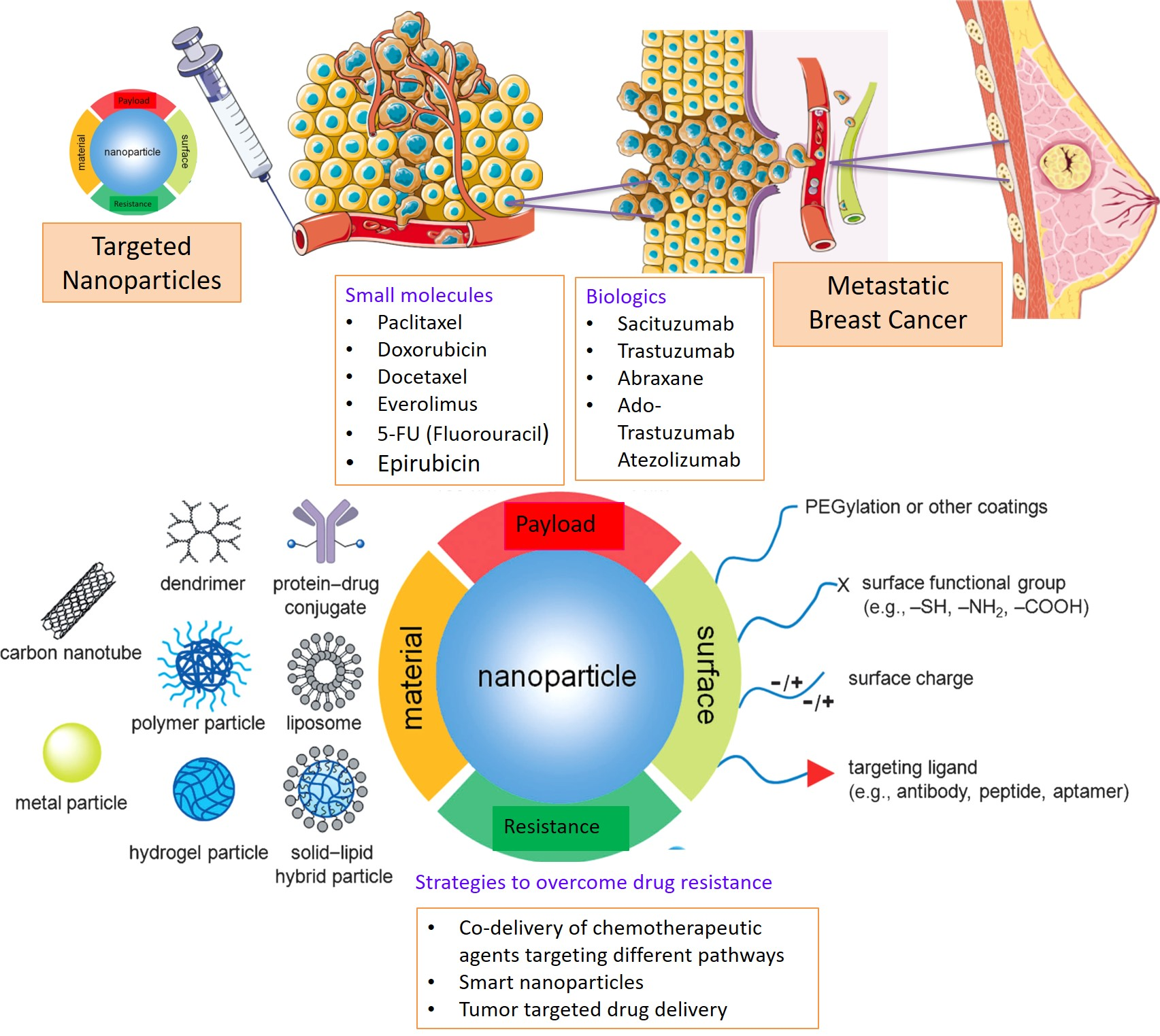
In recent years, the battle against resistant cancers has been a significant challenge for medical researchers and oncologists. Traditional treatments, such as chemotherapy and radiation, often fall short in eradicating resistant cancer cells, leading to relapse and metastasis. However, a new innovative approach combining a viral agent with a specific drug has shown promising results in overcoming these hurdles. This breakthrough could pave the way for more effective cancer treatments and improved patient outcomes.
Understanding Resistant Cancers
Resistant cancers are types of cancer that do not respond to standard treatments. These cancers have developed mechanisms to evade the effects of chemotherapy, radiation, and targeted therapies. The mechanisms include genetic mutations, alterations in drug targets, enhanced DNA repair capabilities, and the ability to expel drugs from cancer cells. As a result, patients with resistant cancers face limited treatment options and poorer prognoses.
The Innovative Approach: Combining Viral Agents and Drugs
Researchers have been exploring the potential of oncolytic viruses as a novel cancer therapy. Oncolytic viruses selectively infect and kill cancer cells while sparing normal, healthy cells. These viruses can trigger an immune response against the cancer, adding another layer of attack. Recently, a study has revealed that combining an oncolytic viral agent with a specific anticancer drug can significantly enhance the treatment’s effectiveness.
The Viral Agent
Oncolytic viruses are genetically modified to specifically target and destroy cancer cells. These viruses replicate within the tumor, causing the cancer cells to burst and die. The innovative viral agent used in this study has been engineered to maximize its oncolytic properties and minimize potential side effects.
The Drug
The drug used in combination with the viral agent is designed to target specific pathways within the cancer cells, making them more susceptible to the viral attack. By disrupting the cancer cells’ defenses, the drug enhances the viral agent’s ability to kill the cancer cells. This synergy between the drug and the viral agent is key to the success of this innovative treatment.
Promising Results in Preclinical Studies
In preclinical studies, the combination of the viral agent and the drug has shown remarkable efficacy in reducing tumor size and preventing metastasis in resistant cancer models. The treatment was able to eliminate cancer cells that had previously been unresponsive to other therapies. Furthermore, the combined approach activated the body’s immune system, providing a double-pronged attack against the cancer.
Reduction in Tumor Size
The treatment resulted in significant tumor shrinkage in animal models. Tumors that were previously resistant to chemotherapy showed a marked reduction in size after the combined treatment. This reduction was more pronounced than with either the viral agent or the drug alone, highlighting the synergistic effect of the combination.
Prevention of Metastasis
Metastasis, the spread of cancer cells to other parts of the body, is a major cause of cancer-related deaths. The innovative treatment not only reduced the primary tumor size but also prevented the spread of cancer cells to distant organs. This dual action is crucial for improving patient survival rates.
Immune System Activation
One of the most exciting findings was the activation of the immune system. The viral agent and drug combination stimulated an immune response that targeted and destroyed cancer cells. This immunogenic effect means that the body could continue to fight the cancer even after the treatment has ended, potentially leading to long-term remission.
Moving Towards Clinical Trials
The promising results from preclinical studies have paved the way for clinical trials in humans. Researchers are optimistic that this innovative approach could provide a new line of defense against resistant cancers. The next step involves testing the safety and efficacy of the combination treatment in cancer patients.
Safety and Efficacy
Before the treatment can be widely adopted, it must undergo rigorous testing in clinical trials. These trials will assess the safety of the viral agent and drug combination, ensuring that it does not cause harmful side effects. Additionally, the efficacy of the treatment will be evaluated in a diverse group of cancer patients.
Personalized Medicine
One of the potential benefits of this approach is its adaptability to personalized medicine. The viral agent and drug can be tailored to target specific cancer types and patient profiles. This customization could improve treatment outcomes and reduce the risk of resistance developing.
Conclusion
The innovative combination of a viral agent and a drug offers a new hope in the fight against resistant cancers. By leveraging the unique properties of oncolytic viruses and enhancing their effectiveness with targeted drugs, researchers have developed a treatment that shows significant promise in preclinical studies. As this approach moves into clinical trials, there is a growing optimism that it could revolutionize cancer therapy and provide new options for patients battling resistant cancers.

